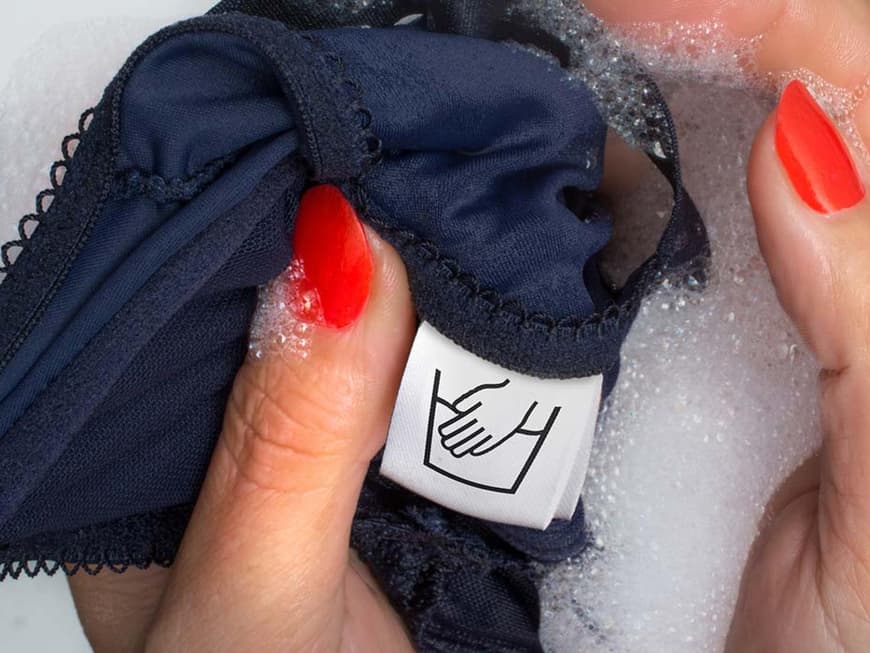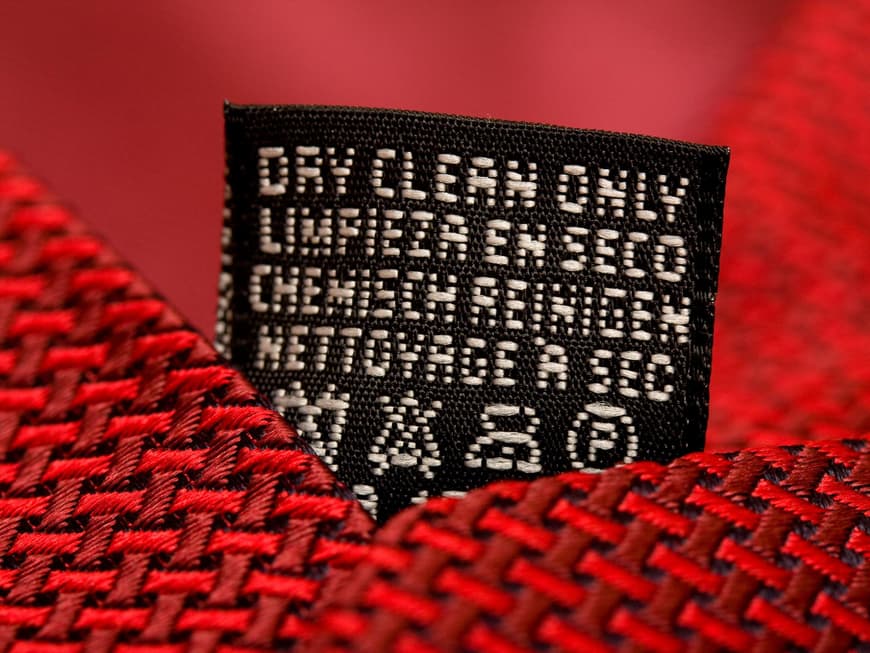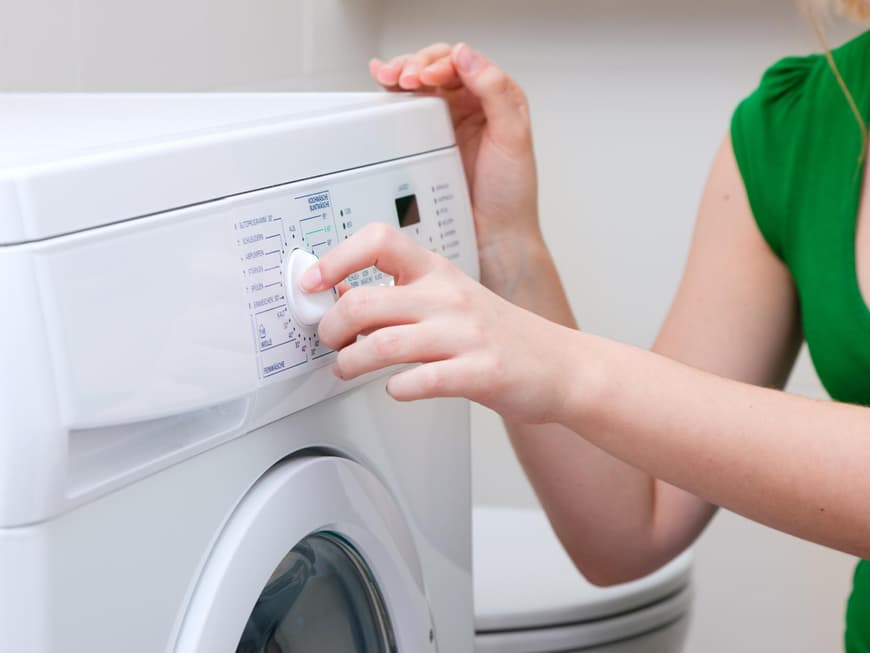Whether circle, square or triangle, crossed out or with dots - some care symbols are relatively clear, others are not really self-explanatory. To ensure that your woolen sweater doesn't shrink to children's size during washing or that the iron doesn't leave ugly marks on your textiles, you should know the most important washing symbols that indicate the correct temperature or drying time. These are the basic washing symbols:
Washing bed linen: 6 mistakes that everyone really makes
5 basic washing symbols: You should know these care instructions
Each laundry symbol contains up to 5 washing symbols that are intended to illustrate the complete care chain of the item of clothing or laundry using pictograms. For consumer protection, the symbols for the care instructions are regulated uniformly throughout Europe and have been protected under trademark law by the organization GINETEX (Groupement International d'Etiquetage pour l'Entretien des Textiles) since 1958. The following pictograms are used to illustrate how an item of laundry should be cared for correctly:
- Washing (washing tub)
- Bleaching (triangle)
- Drying (square)
- Ironing (iron)
- Dry cleaning (circle)
In many cases, the pictograms are also shown on the washing machines themselves. So if you are ever unsure whether you can spin-dry your delicates or whether they are suitable for drying, for example, simply compare the washing symbols on the item of laundry with your washing machine and select the washing program accordingly.
As a general rule: a lower temperature is always possible! If you don't want to risk your new sofa covers shrinking at a temperature of 60 degrees, you can of course wash them at 40 degrees. This also applies to items where the care label is missing or the laundry symbol has been cut out. If in doubt, always tend towards a lower temperature or a gentle wash cycle. However, light-colored textiles should then be washed more often than dark garments so that the soiling is also removed in a 40 degree wash. For heavier soiling or stains, it is advisable to pre-treat the textiles with a stain remover or soak.
In addition, delicate fabrics should not be washed so often - a woolen sweater, for example, can simply be aired out in the fresh air instead of being put in the drum immediately after being worn once. All items of clothing that have a hand wash, wool wash or delicate wash symbol belong to the category of delicate fabrics. So always pay attention to the care labels. Silk underwear must of course still be washed as often as usual, as it is worn directly on the skin. So it also depends on the garment.
Washing correctly: how to care for your garment properly
Different materials require different washing processes and, in some cases, different detergents - this is the only way to preserve the lifespan of clothing and other items for as long as possible. To avoid any nasty surprises later on, you should take a look at the washing label or care symbols when you go shopping: Do you always have to take your smart blouse to the dry cleaner? Is it a delicate wash? This is not only time-consuming, it also costs money!
In general, you can get by with a heavy-duty detergent for temperatures such as 30, 60 and 90 degrees. For wool textiles and delicates such as silk, you should buy a wool detergent and a delicates detergent. These are milder and gentler on laundry and delicates. Detergents for colored laundry should protect the colors of your laundry for a long time. Avoid fabric softeners if possible: they usually contain fragrances, colorants and preservatives that can trigger allergies. Some ingredients are even suspected of being carcinogenic. The environment is also grateful!
Follow the manufacturer's instructions when dosing the detergent. Washing tip: If you have used too much detergent, run an extra rinse cycle.
These are the most important washing symbols for washing laundry correctly:
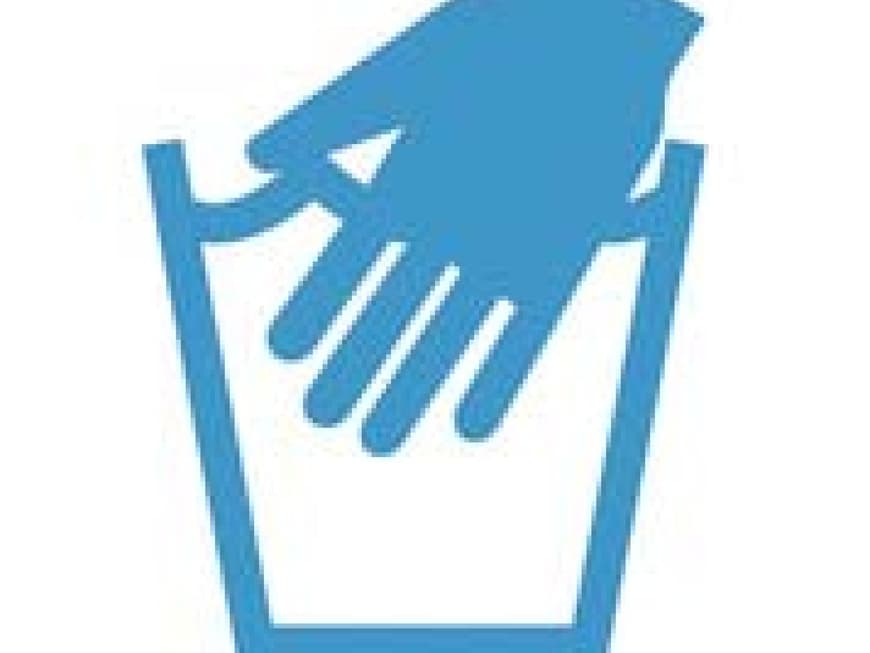
Hand wash, rinse normally, dry carefully. Washing machine only with a good hand wash program
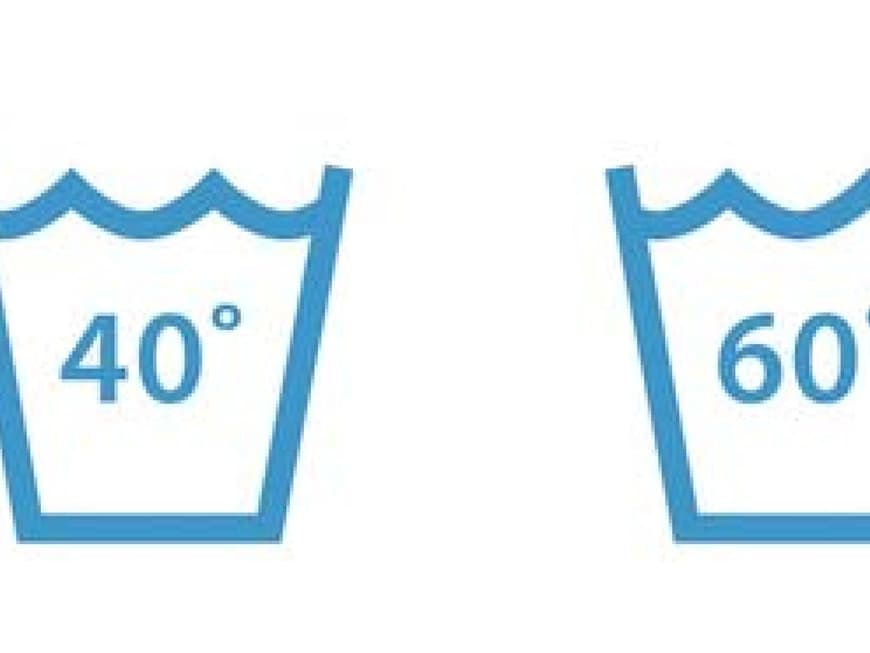
Temperature specifications from 30 to 90 degrees
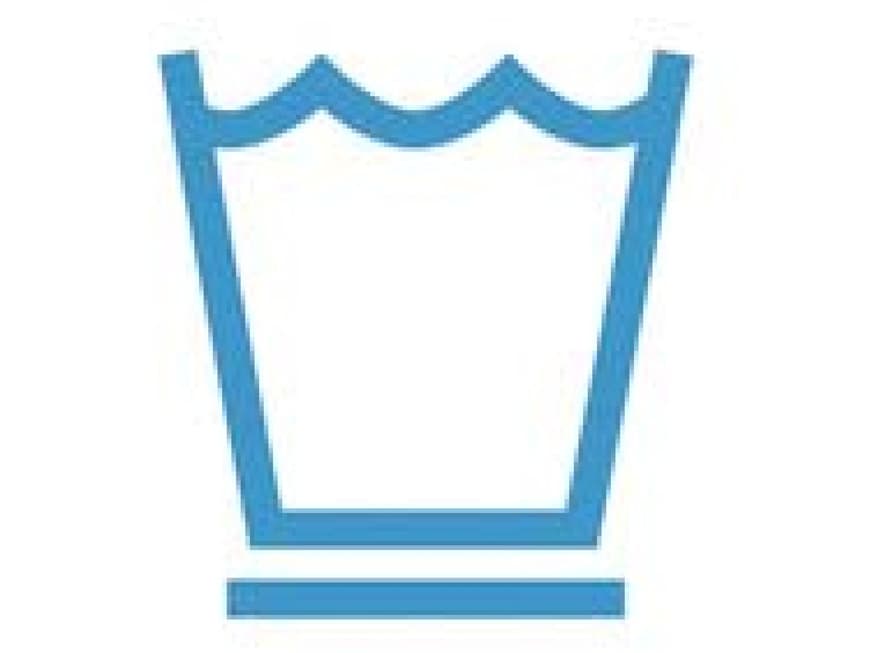
This wash symbol means: No line under the tub means full drum power - one line means moderate drum rotation.
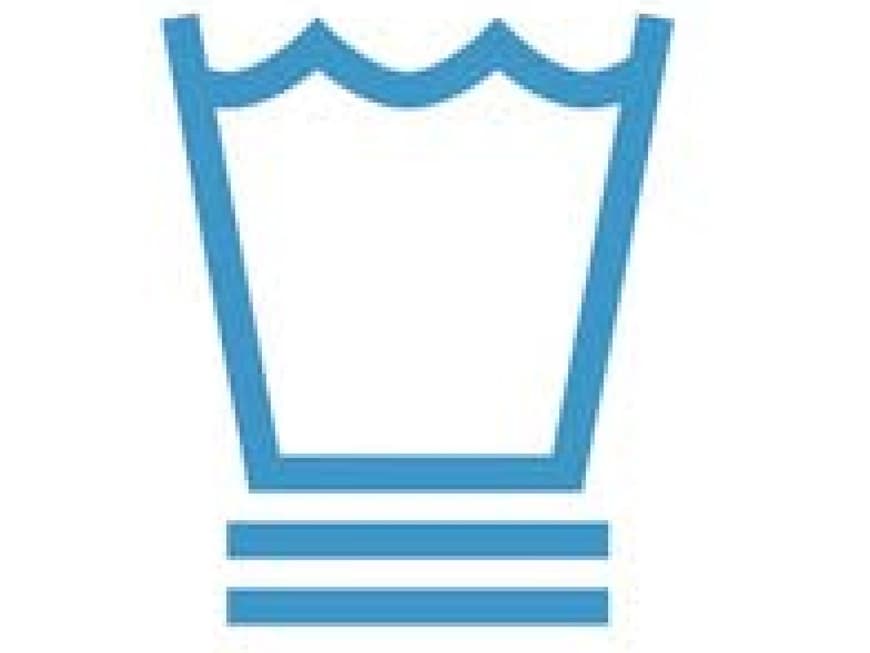
Two lines mean minimum drum rotation. In the case of a sweater, for example, the 40 degree sign would then be shown in the tub with a minimum spin cycle.
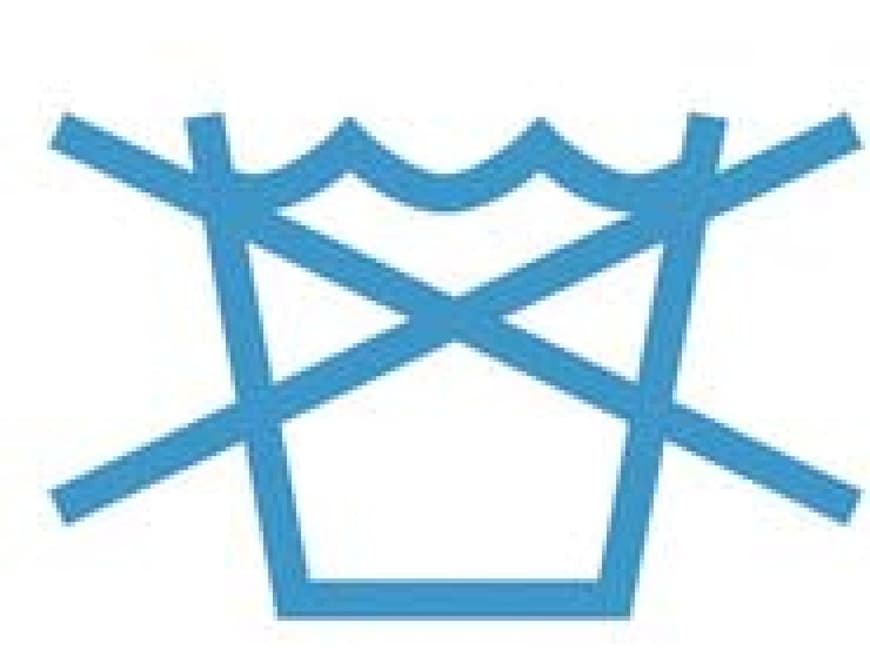
Do not put the item in the washing machine!
Bleaching laundry
White laundry in particular turns gray over time. In most cases, laundry items such as T-shirts, towels or bed linen can be bleached using commercially available products. However, expensive blouses and delicates may not be. It is therefore essential to pay attention to the sign for bleaching:
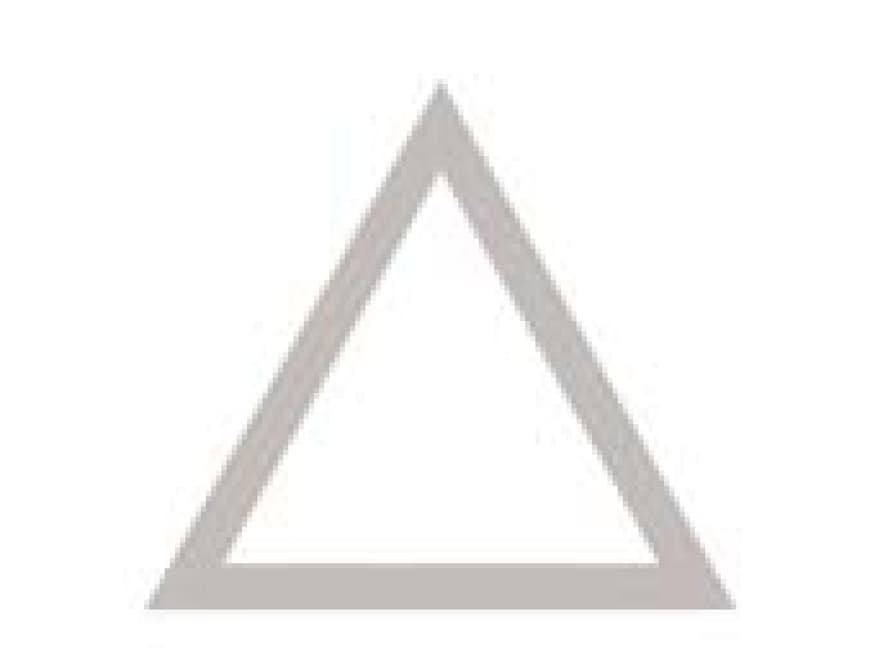
Bleaching allowed - crossed out means accordingly: Bleaching not allowed

Bleaching only permitted with oxygen
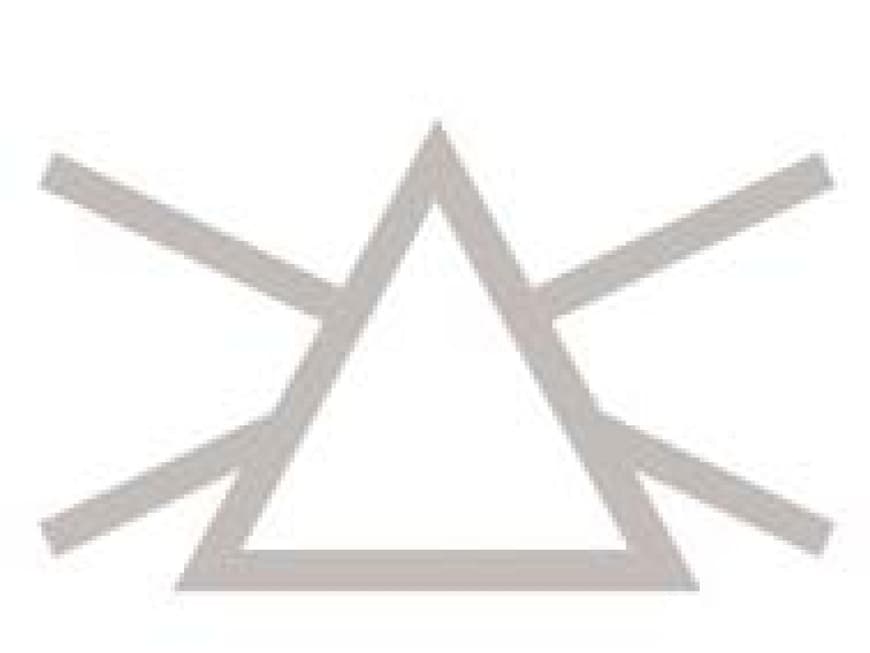
A crossed-out triangle means: Do not bleach laundry!
Drying laundry properly
The best way to dry laundry is outside in the fresh air. Drying large quantities of laundry indoors can lead to mold growth in the long term. Not to mention the fact that all those drying racks take up space and don't look very nice. Good ventilation is the watchword in any case! If you don't have a laundry room or floor, a tumble dryer is recommended. However, not every item of laundry likes this form of drying. It is therefore essential to pay attention to the wash symbol!

Drum drying in general - therefore permitted
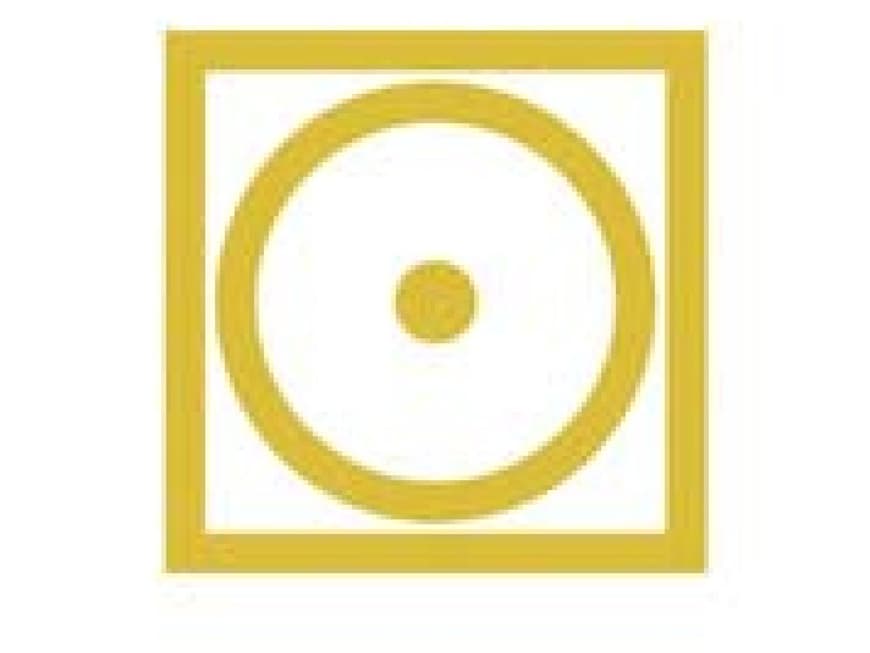
One point in the circle: Gentle drum drying, i.e. not so high revolutions

Two points in a circle: Very gentle drum drying

Three points in a circle: Extremely gentle drum drying

Circle is crossed out: Do not tumble dry laundry

Dry naturally (not in the machine) - the garment should lie flat and not be hung up, e.g. wool sweaters
Iron correctly
How much heat can the laundry withstand? And can the garment tolerate any heat at all? If you don't follow the washing symbols, you may be in for a nasty surprise. Fibers can melt and stick to the iron. As with washing, the following applies: a lower temperature always works, if in doubt always start with a low temperature and then increase the heat if necessary.

Ironing is generally permitted

One point: iron at 110 degrees

Two points: Iron at 150 degrees

Three points: Iron at 200 degrees

Crossed out: Laundry must not be ironed
Dry cleaning
Some items of laundry and clothing do not tolerate wet cleaning. Jackets, coats and special textiles therefore often require special dry cleaning, which only dry cleaners can provide. You should also adhere to this ban on wet cleaning, as the clothing may otherwise lose its shape completely. Note: The symbols are also available with one or two underlines under the symbols with letters: one underline means moderate use, two underlines mean very sparing use of chemical products.
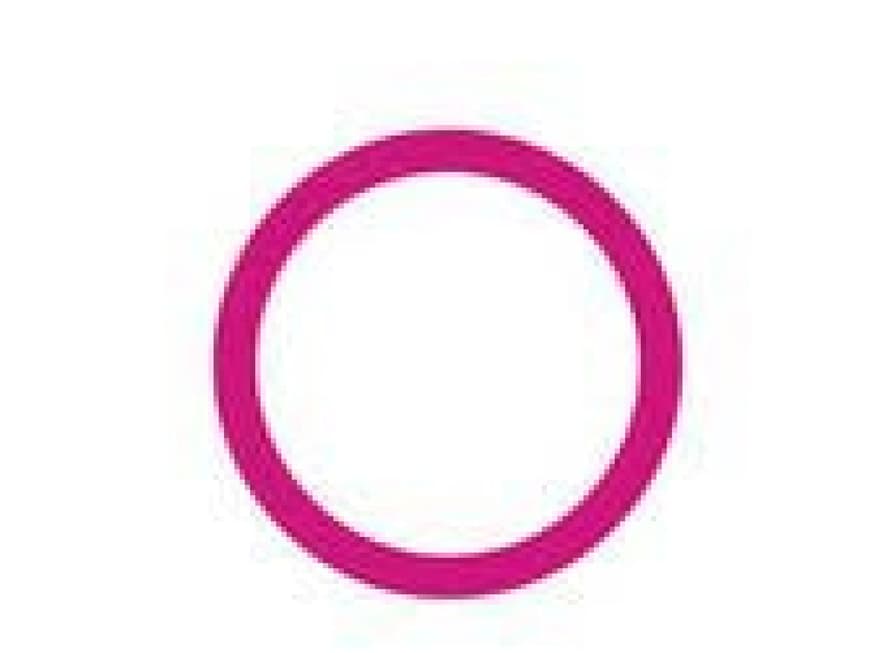
Dry cleaning or professional cleaning

Commonly used solvents

Cleaning with perchloroethylene

Cleaning with hydrocarbon solvents

Crossed-out circle: No dry cleaning
Care instructions from lingerie to leather: More tips on how to handle laundry correctly
Underwired bras
To prevent your underwear from getting tangled up in the machine, always put it in a laundry bag and close the hooks beforehand. Very delicate lace bras are classed as delicates. If possible, only wash them by hand, as indicated by the washing symbols. Do not use fabric softener as it softens the delicate fibers too much.
Fine lace
It is advisable to use a mild detergent at a maximum temperature of 40 degrees. If only hand washing is permitted, do not wring the textiles, but gently squeeze out the water. Leave to dry flat on a towel, see washing symbols.
Functional clothing
Always observe the washing symbols and their meaning! Never use fabric softener, as the silicone it contains blocks the pores of membranes and coatings and the breathability of the garment is lost. Only use a tumble dryer if this is specified on the care label. Re-impregnate if necessary.
Linen
Wash in the easy-care program, only fill the machine halfway because linen needs a lot of water. For natural linen, only use detergents without optical brighteners to preserve the natural shade. Wash colored clothes up to 40 degrees, white up to 60 degrees.
Silk
It is essential to note the washing symbols and meaning on the laundry label. Can the item even go in the machine? The label will tell you! Then select the delicate program for your delicates and only use a detergent that is expressly suitable for silk. This also applies to hand washing. It is generally gentler on the color and fibers. Fabric softener is always taboo.
Sequins
Turn clothes inside out, preferably in a laundry bag or pillowcase. Wash with mild detergent on the wool cycle, do not spin. A gentler form of wet cleaning is hand washing. To avoid a rude awakening, always follow the washing instructions.
Printed T-shirts
As appliqués can come off easily and prints can fade, always turn garments inside out and place in a laundry bag, wash at a maximum temperature of 40 degrees. Do not tumble dry, otherwise the print may tear. Always iron inside out on a not too hot setting.
Leather
It can indeed be machine washed, unless the washing symbols clearly state otherwise - but only with a slightly moisturizing, special leather detergent on a delicate wash program at 30 degrees. Soak heavily stained or soiled areas on the textiles in a hand bath, pre-treat with a soft brush. Leave to dry at room temperature, shake repeatedly.
What to do if the laundry label scratches?
We've all been there - you can hardly wear your new top because the label on the back of your neck is so itchy! What can you do? If you cut out the label, you risk making a hole in the garment or even making the scratching worse. We also lose the helpful washing instructions printed on the laundry label. Better: Use a nail file to work on scratchy edges on the label or cut the corners round with nail scissors. We should at least try these tricks before the label is completely destroyed.
If none of this helps, we sometimes have to remove the laundry label after all. Make sure that it has its own seam. If not, we run the risk of unraveling the entire seam! If this is the case, make sure you leave a bit of the label and blunt it with a nail file. If the label is attached with an extra seam, this can be carefully undone and the laundry label removed without leaving any residue.
Care instructions: Should I wash clothes before wearing them for the first time?
New clothes should definitely be washed before wearing them for the first time, as they are almost never free from chemicals. If these get onto the skin from the textiles, this can lead to rashes or allergic skin reactions, for example. It is therefore always better to wash the garment before putting it on for the first time. We should also be aware that our new items of clothing have already passed through many hands and have traveled a long way before reaching us. For this reason, it is also advisable to wash new clothes through once.
Which is better - liquid detergent or powder?
First of all, both clean the laundry and it is probably simply a matter of taste whether you prefer liquid or powder detergent. According to the consumer advice center in Hamburg, a powder detergent is more suitable for white laundry than a liquid detergent.
For colored laundry, both are well suited according to the Hamburg consumer advice center, but the liquid detergents do not perform quite as well as the powders. Some liquid detergents may leave a gray haze over the laundry after a certain period of time. Powders are therefore the better alternative. The only drawback is that some washing powders leave white residues on clothes.
You might also be interested in this:
12 clever washing tips
Washing machine care: How to get it running smoothly again
Tumble dryer: What doesn't belong in the dryer?
Washing laundry properly: The best care tips
Washing jeans properly: care tips for denim lovers
Date: 25.11.2020

